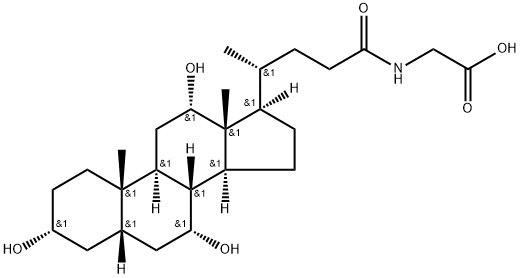Palmitoylethalamide , ≥98% , 544-31-0
Synonym(s):
N-(2-Hydroxyethyl)hexadecanamide;N-(2-Hydroxyethyl)hexadecanamide, PEA, Palmidrol;Palmidrol;Palmitoylethanolamide - CAS 544-31-0 - Calbiochem;PEA
CAS NO.:544-31-0
Empirical Formula: C18H37NO2
Molecular Weight: 299.49
MDL number: MFCD00020562
EINECS: 208-867-9
| Pack Size | Price | Stock | Quantity |
| 1G | RMB70.40 | In Stock |
|
| 5g | RMB173.60 | In Stock |
|
| 25g | RMB432.00 | In Stock |
|
| 100g | RMB927.20 | In Stock |
|
| others | Enquire |
PRODUCT Properties
| Melting point: | 97-98℃ |
| Boiling point: | 461.5±28.0 °C(Predicted) |
| Density | 0.910±0.06 g/cm3(Predicted) |
| vapor pressure | 0.45Pa at 20℃ |
| RTECS | ML8950000 |
| storage temp. | -20°C |
| solubility | Soluble in DMSO (up to 25 mg/ml) or in Ethanol (up to 25 mg/ml). |
| pka | 14.49±0.10(Predicted) |
| form | White solid |
| color | White |
| Water Solubility | 4.01mg/L at 20℃ |
| Stability: | Stable for 2 years from date of purchase as supplied. Solutions in DMSO or ethanol may be stored at -20° for up to 3 months. |
| InChIKey | HXYVTAGFYLMHSO-UHFFFAOYSA-N |
| LogP | 3.989 at 20℃ |
| CAS DataBase Reference | 544-31-0 |
| EPA Substance Registry System | Palmitoylethanolamide (544-31-0) |
Description and Uses
Palmitoylethanolamide (PEA) is a fatty acid amide produced in the body that binds to and activates the peroxisome proliferator-activated receptor alpha (PPAR-α). It was initially described as an agonist to the type 2 cannabinoid receptor (CB2), though it is now recognized that PEA does not bind to cannabinoid receptors. PEA is known to have anti-inflammatory, analgesic, and neuroprotective properties. PEA supplements have been used by people with chronic pain as well as those with neuropathic pain.
Palmitoylethanolamide is a natural substance produced by the body and it is very effective and safe to use as a supplement for pain and reduce inflammation.
PEA can be synthesized within the human body from the abundant fatty acid palmitic acid, but it is not dependent or influenced by dietary consumption of fatty acids. Palmitic acid in the diet is derived from dairy products such as cheese and butter, palm tree oil, and animal meat products. However, increasing palmitic acid in the hope of increasing endogenous PEA synthesis will not be effective.
The anti-inflammatory properties of PEA are due to its ability to inhibit inflammation-causing proteins called cytokines. Cytokines are released during periods of inflammation. PEA can suppress the secretion of tumor necrosis factor alpha (TNF alpha), a cytokine, while also inhibiting the release of interleukins. Interleukins are a specific class of cytokines which belong in the immunological system and are activated during the process of inflammation.
Chronic Pain and the Use of Palmitoylethanolamide: An Update
Safety
| Symbol(GHS) |   GHS05,GHS09 |
| Signal word | Danger |
| Hazard statements | H315-H318-H411 |
| Precautionary statements | P264-P273-P280-P302+P352-P305+P351+P338-P332+P313 |
| WGK Germany | 2 |
| TSCA | Yes |
| HS Code | 2934.99.4400 |





